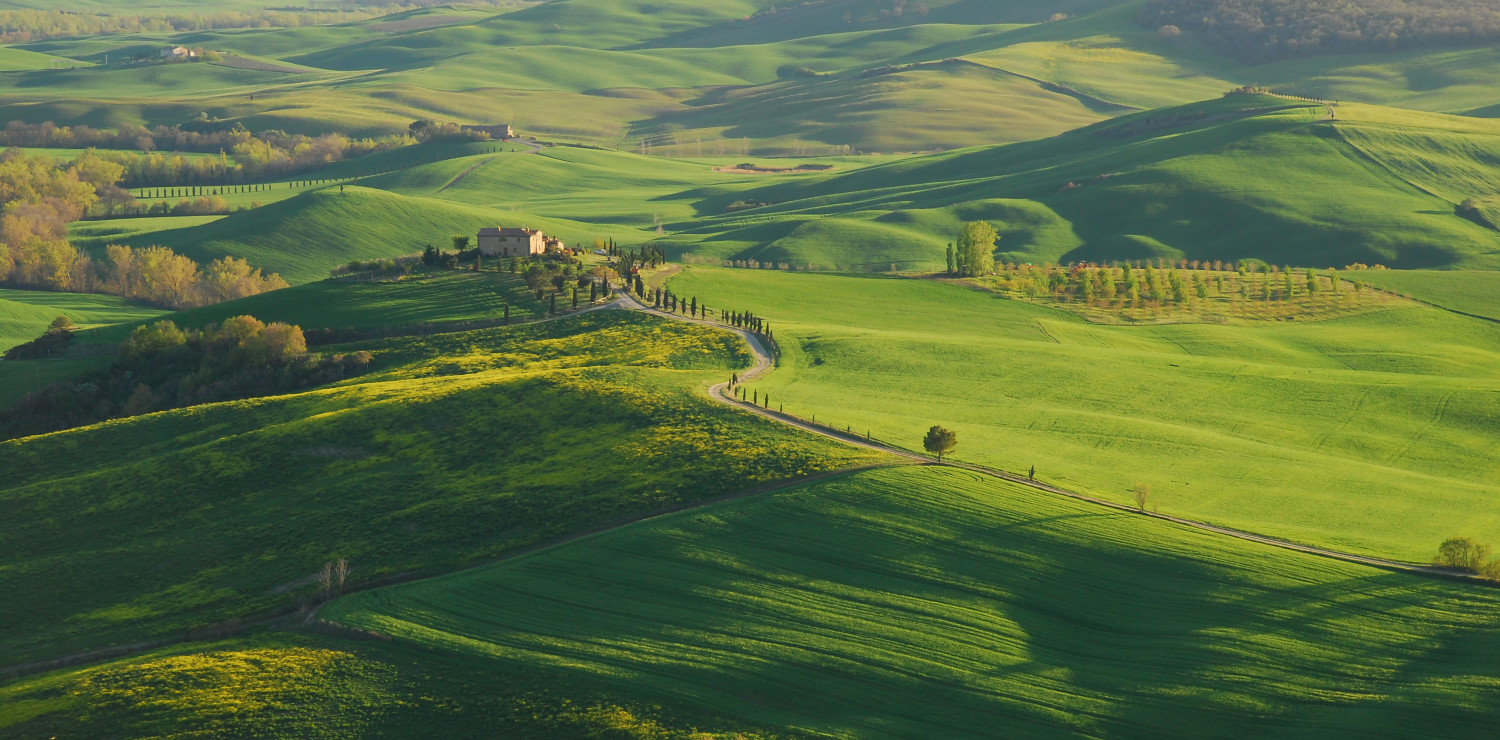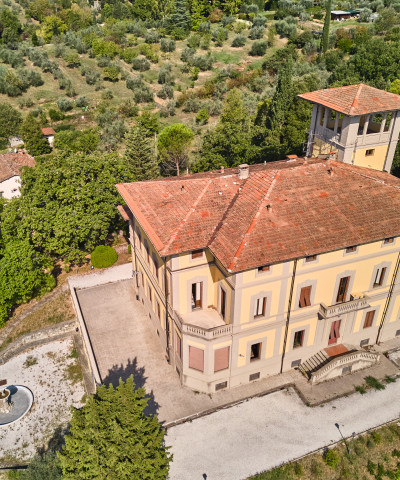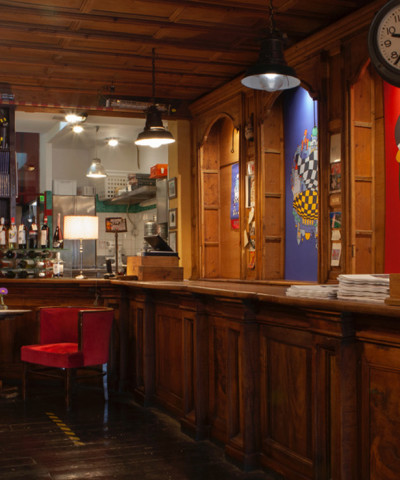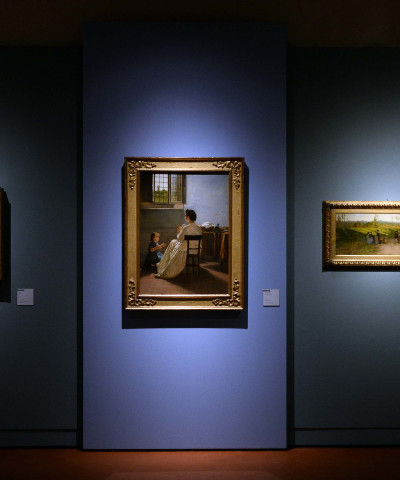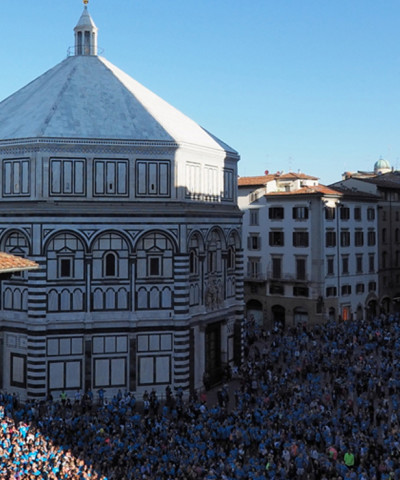All the World Heritage Sites in Tuscany
From the historic centre of Florence to Pienza and San Gimignano: a cultural and artistic wealth waiting to be discovered
In Tuscany, nature, culture, artistic and historical heritage have intertwined for centuries, giving life to a treasures trove unique in the world. It is not we who say so, but UNESCO, which has included 9 places in Tuscany in its prestigious list of World Heritage Sites. Places to get to know and visit at leisure, chosen for their absolute historical and cultural value, for the masterpieces they are home to and for the beauty they express.
The first to appear in this ‘hall of fame’, exactly 40 years ago, was the historic center of Florence, officially recognized as a masterpiece of creative genius. The ‘cradle of the Renaissance’, the crossroads of the greatest artists of the past, the perfect synthesis of a unique social, urban and artistic achievement. A recognition that has expanded over time with the addition to the historic center of the thousand-year-old San Miniato Abby, the Church of San Salvatore a Monte and the Ramps below Piazzale Michelangelo designed by the architect Giuseppe Poggi, who when Florence was the capital of the Kingdom Italy was entrusted with major urban works, of which the Piazzale was part. But let’s discover them all, these places considered the heritage of all humanity, the treasures that are the focus of Toscana Promozione’s work.
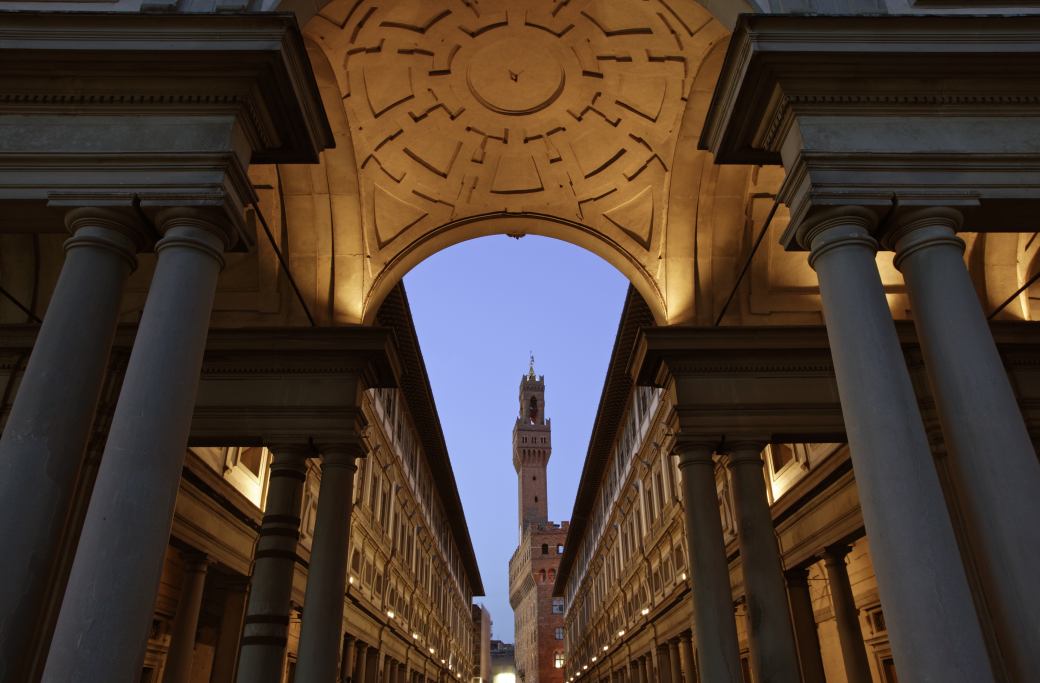 Firenze
FirenzeLet’s start with Pisa and its Cathedral square, whose name could not be more apt - Piazza dei Miracoli, an architectural ensemble where the perfection of the extremely elegant design gives thanks to the Sacred and celebrates it with an exclusive, recognizable building style, Pisan Romanesque. A green lawn is the backdrop for four masterpieces: Cathedral, Baptistery, Cemetery and the famous Leaning Tower.
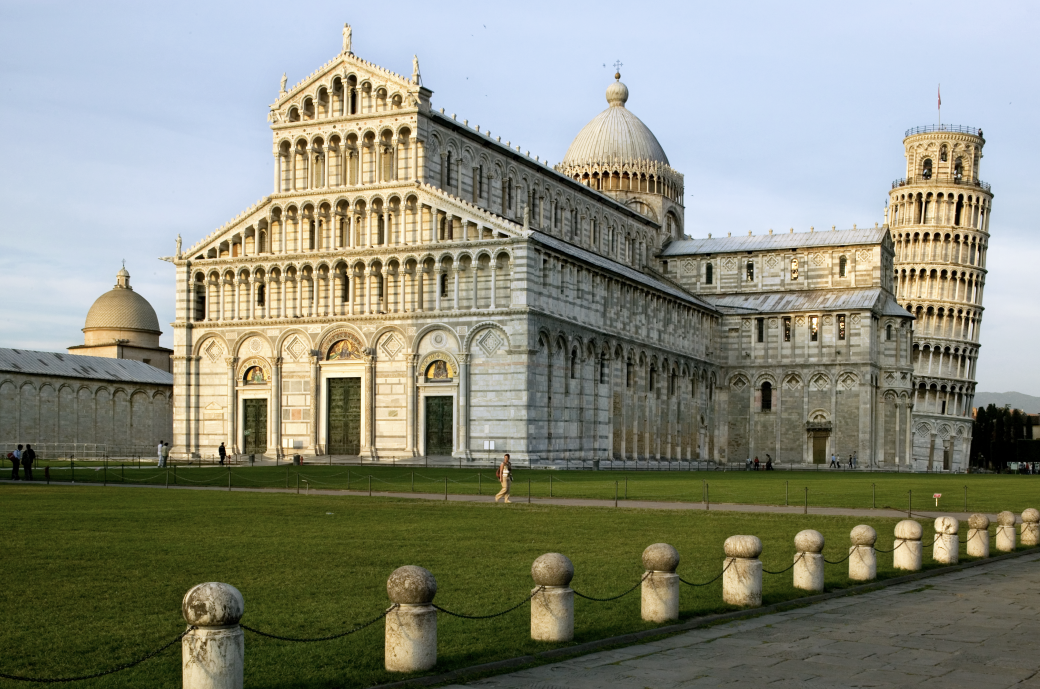 Pisa
PisaSan Gimignano, on the other hand, is an undisputed witness to medieval civilization, where everything leads the visitor back to a past full of mystery and charm. Walking through its streets you can feel the echoes of that ancient urban life as you admire squares and streets, houses and buildings, and from the towers you still fall in love with the rolling hills that surround it.
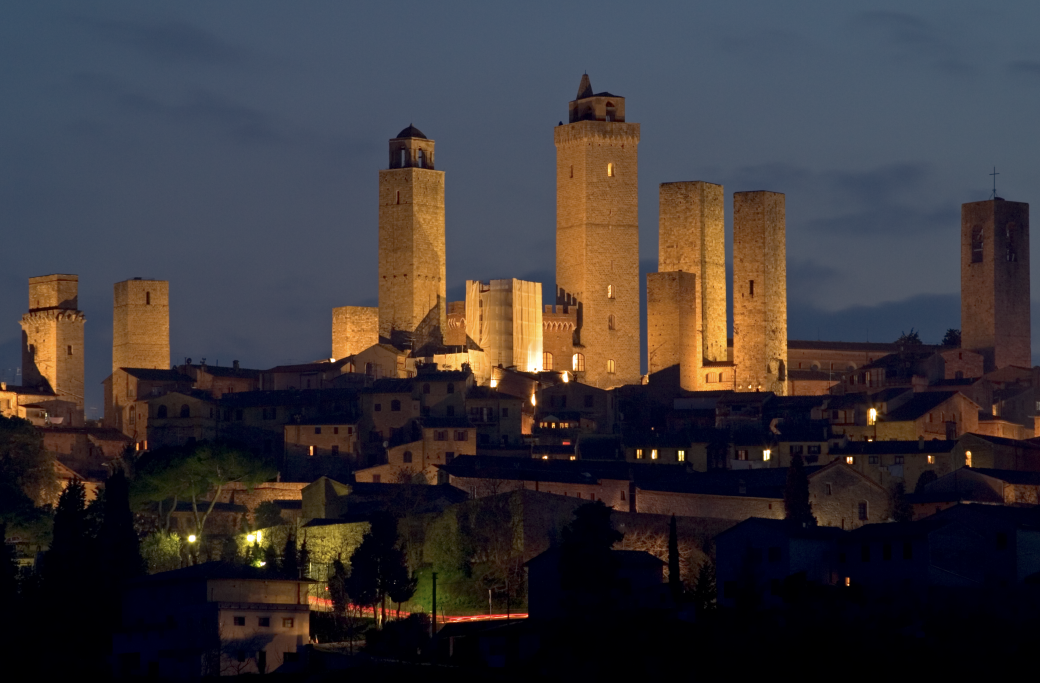 San Gimignano Archivio Toscana Promozione Turistica
San Gimignano Archivio Toscana Promozione TuristicaWe come to the historic center of Siena, a masterpiece of dedication and inventiveness in which the buildings have been designed as part of the entire urban layout and also to form one with the surrounding cultural landscape. The liveliness of the city, the contrade and the Palio keep popular traditions alive and make Siena truly one of a kind.
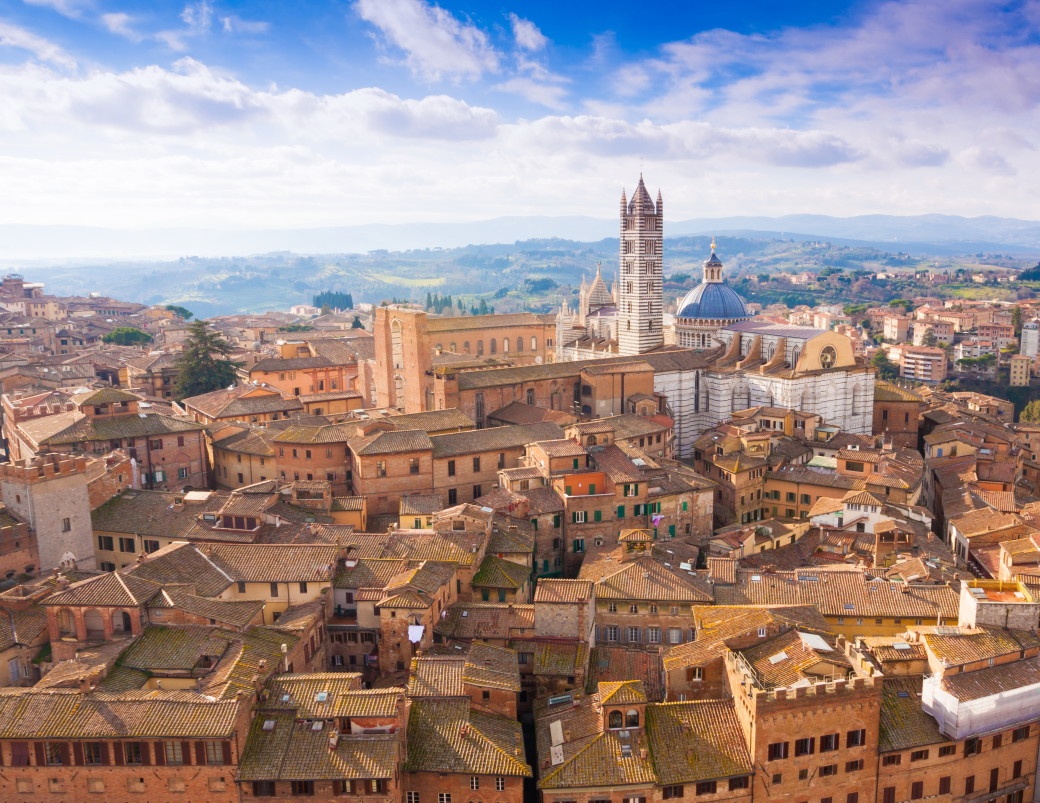 Siena
Siena Since 1996, another example of Renaissance architecture has entered the UNESCO World Heritage List: Pienza, the ‘ideal city’ built in the 15th century by Pope Pius II. The exemplary creation of a new vision of space which, as you walk through its streets, manifests itself through buildings emblematic of architectural perfection, skilfully inserted into a landscape of extraordinary beauty. A Utopian city that becomes a real city, dominating the Val d’Orcia and offering its unique flavors and traditions to those who explore it. Val d’Orcia itself has been recognized since 2004 for the uniqueness of the beauty of its landscape, mapped out by the skill and genius of man. Rows of cypress trees, gentle hills, turreted villages with ancient walls and winding streets that lead the eye towards breathtaking views.
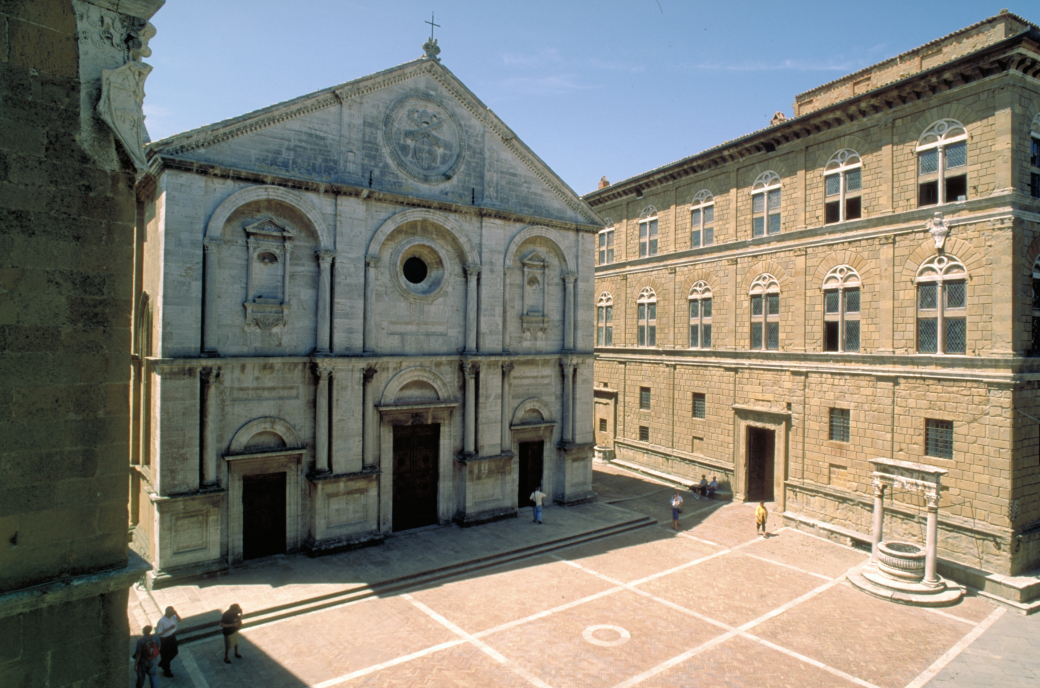 Pienza, Duomo e Palazzo Piccolomini
Pienza, Duomo e Palazzo PiccolominiLet’s turn now to the genius of a family, that of the Medici.12 of their villas and two of their gardens are considered evidence of exemplary patronage. Stately villas, farms and beautiful gardens that bear witness to man’s work and the relentless pursuit of harmony and respect for beauty. And finally, the pristine beauty of the Faggete Vetuste (Old Beech Woods) of Sasso Fratino integral nature reserve, and the Terme di Montecatini included this year along with 11 other European towns in the Great Spas Towns of Europe. Other Tuscan towns are part of the ‘tentative lists’, that is, they are officially candidates to be included in the World Heritage List. They are the historic center of Lucca, the city of Volterra, the Via Francigena, the Carrara Basin and Marble Quarries and the Cetacean Sanctuary, which includes the seven islands of the Tuscan Archipelago Park - Elba, Giglio, Pianosa, Giannutri, Capraia, Gorgona and Montecristo.
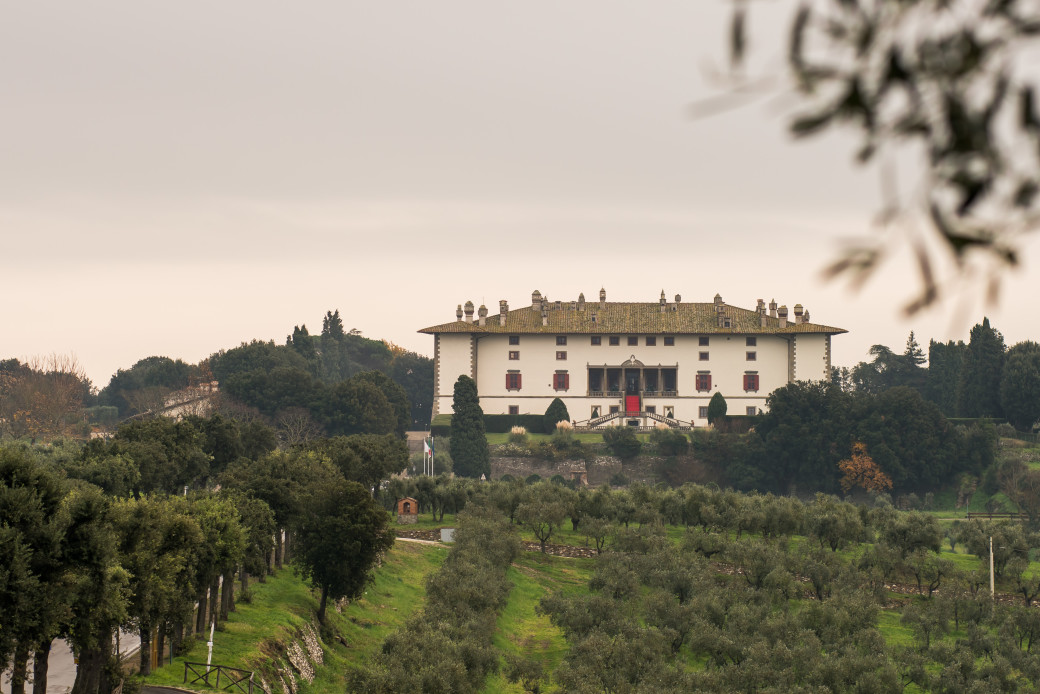 villa medicea di artimino photo stefano casati
villa medicea di artimino photo stefano casati The typical Tuscan lifestyle and conviviality are instead celebrated by the long list of Intangible Cultural Heritage, where the production of wine and oil is found, which boost the fame of the Mediterranean diet, mountaineering, falconry, drystone wall building, seasonal moving of livestock between summer and winter pastures, truffle hunting and quarrying.






